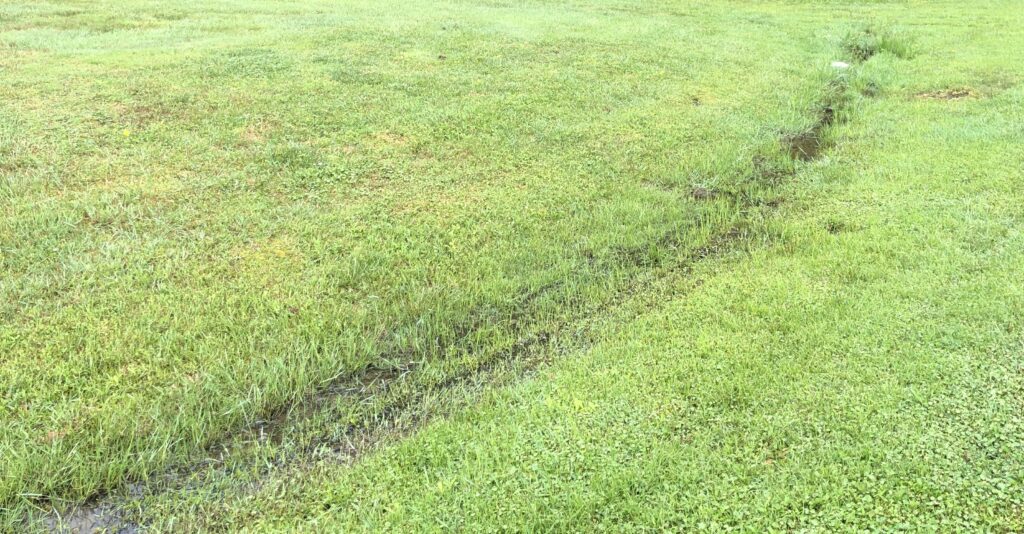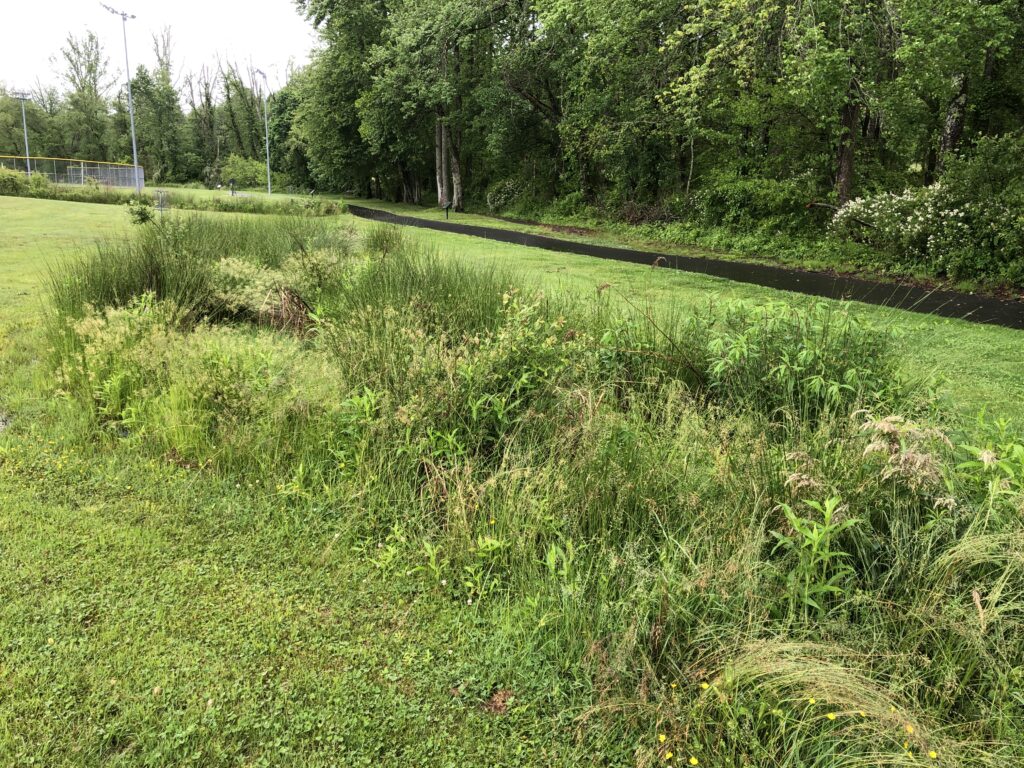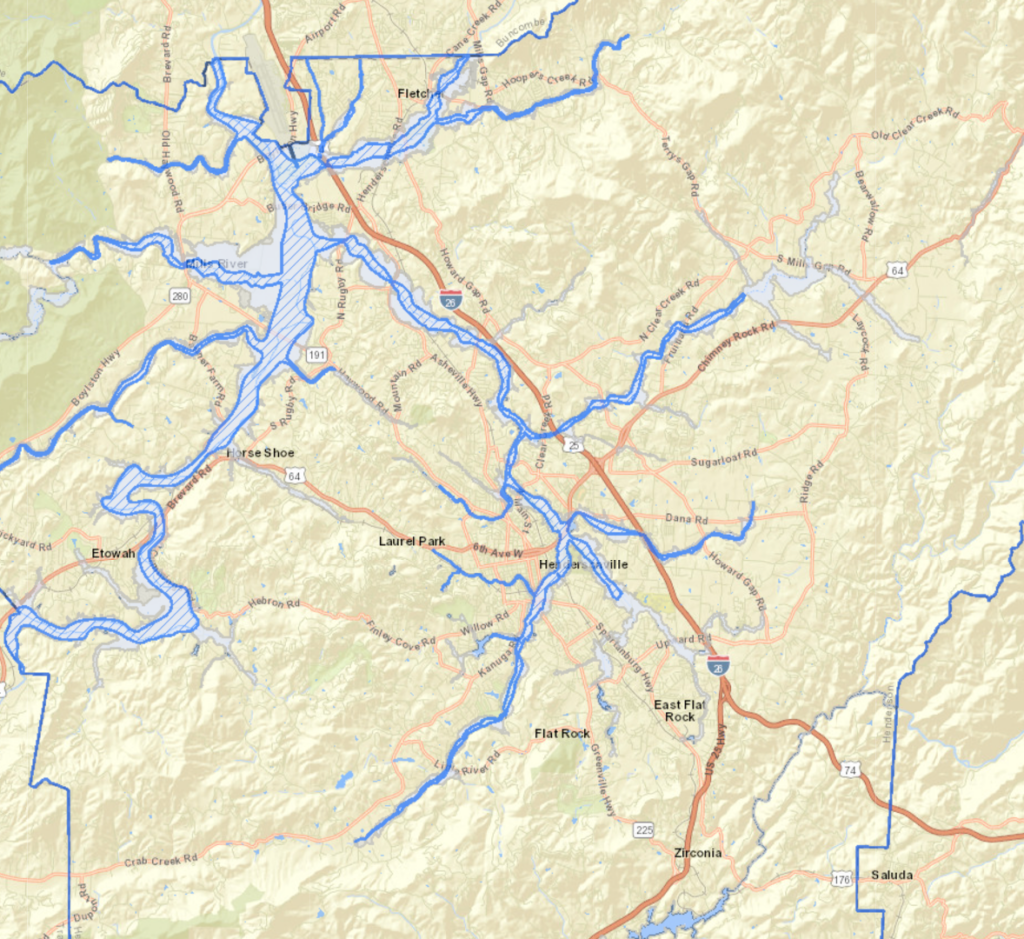Wetlands – Henderson County Heritage
go.ncsu.edu/readext?1073682
en Español / em Português
El inglés es el idioma de control de esta página. En la medida en que haya algún conflicto entre la traducción al inglés y la traducción, el inglés prevalece.
Al hacer clic en el enlace de traducción se activa un servicio de traducción gratuito para convertir la página al español. Al igual que con cualquier traducción por Internet, la conversión no es sensible al contexto y puede que no traduzca el texto en su significado original. NC State Extension no garantiza la exactitud del texto traducido. Por favor, tenga en cuenta que algunas aplicaciones y/o servicios pueden no funcionar como se espera cuando se traducen.
Português
Inglês é o idioma de controle desta página. Na medida que haja algum conflito entre o texto original em Inglês e a tradução, o Inglês prevalece.
Ao clicar no link de tradução, um serviço gratuito de tradução será ativado para converter a página para o Português. Como em qualquer tradução pela internet, a conversão não é sensivel ao contexto e pode não ocorrer a tradução para o significado orginal. O serviço de Extensão da Carolina do Norte (NC State Extension) não garante a exatidão do texto traduzido. Por favor, observe que algumas funções ou serviços podem não funcionar como esperado após a tradução.
English
English is the controlling language of this page. To the extent there is any conflict between the English text and the translation, English controls.
Clicking on the translation link activates a free translation service to convert the page to Spanish. As with any Internet translation, the conversion is not context-sensitive and may not translate the text to its original meaning. NC State Extension does not guarantee the accuracy of the translated text. Please note that some applications and/or services may not function as expected when translated.
Collapse ▲
This wet area in a lawn would quickly revert to a beautiful and biodiverse wetland if mowing were to cease.
History When I first moved to Henderson County, I participated in a class cosponsored by the Henderson County Chamber of Commerce and Blue Ridge Community College. We learned all about Henderson County in the Vision class.
One of the first Vision classes was a history class. The local historian who taught us began her class with this statement, “Henderson County began as a hill in the middle of a swamp.” We were informed that Judge Mitchell King donated fifty acres of land for the formation of the county seat in 1841. She went on to explain the historic courthouse sits on the site of the original building in town, the original post office.
The hill was the only dry spot around. Everywhere else was boggy wetland. It is said that people in Edneyville could not come to Hendersonville if it had been raining because Chimney Rock Road would be under water.
Today Now Chimney Rock Road/Four Seasons Boulevard has been raised above the normal flood plain. Most of the expansive wetlands that bordered Bat Fork Creek, Mud Creek, Clear Creek, Crab Creek, the French Broad River, etc. have all been channelized, drained and developed. Now where there used to be swampy wetlands there are farms, neighborhoods and shopping centers. It is difficult for some people to imagine there being a wetland where a grocery store sits now.
Heavy rains from tropical storms over the last decade have flooded roads and areas like Jackson Park frequently. Since the devastation of Hurricane Helene, wetlands and floodplains are getting more attention. In some areas the hydrology (movement of water through the landscape) has changed. There are springs where there were none before.
The fact is many springs and wetlands succumbed to the plow and the bulldozer long ago. In some cases they reemerge after decades to create wet spots and sunken areas in lawns and farms. I have been to look at several suspected springs and newly sunken areas at people’s homes.
Wet Areas So, what do you do if you have a wet area in your landscape? If the wet area is directly under or next to your home, then you should consult with a landscape professional to consider building drainage infrastructure. If the area is not damaging your home, I suggest allowing the area to revert to wetland.
A wetland is an area where soil water is near the surface often. Some wetlands are permanent and often we refer to these as swamps. Other wetlands are ephemeral meaning they are wet when the weather is rainy. In Henderson county we usually get regular rains so wetlands stay wet most years.
Native plants are constantly spreading their seeds. There are dormant seeds in soil. Once a person stops maintaining an area, it will grow up in native plants. If the area is dry it will form a meadow. It the area is wet, it will form a wetland. Native trees, shrubs, grasses, sedges, rushes, etc. will quickly find their way into your new wetland. Eventually wildlife will begin to use the area and in no time you will have a functioning wetland ecosystem thriving in your landscape.

Once the lawn maintenance crew stopped mowing this area, wetland plants sprung up. Now these areas are being used by all sorts of wildlife!
Native Wetland Plants If you want to be more intentional, you can plant your favorite native wetland plants. There are many beautiful native plants that you can choose from. Shrubs include Virginia sweet spire Itea virginica, Winterberry Ilex verticillata, Buttonbush Cephalanthus occidentalis. Trees include Willow Salix nigra and River Birch Betula nigra. Grasses and sedges include Rush Juncus effusus and Sedge sp. Carex pensylvanica.
Returning as much of our managed landscape to a natural state using native plants is good for the environment. Wetlands benefit birds, turtles and other animals. Native plants feed and shelter wildlife. If we all created a little bit of natural habitat our world would be a better place in many ways.





